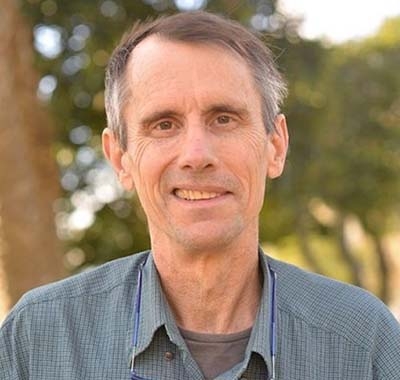

When they are consistently timed, they may be useful as external cues (called zeitgebers, which is German for “time-givers”). Environmental temperature, exercise, social activities, and meal timing are also all things that can affect the circadian rhythm. In totally blind people who cannot see light, melatonin is a big one. Peters: The primary one in sighted individuals is light. SELF: What external factors can affect or throw off your circadian rhythm?ĭr. There is also evidence that teenagers are more likely to be night owls, and that older people may develop some gradual advancement in the timing of their sleep period. You may have to use an artificial source of light if you want to maintain a consistent circadian rhythm year round. For example, in the wintertime, you may not be able to get sun right when you are waking up. Some of this is to do with changes in natural sunlight exposure. Peters: There is seasonal variation, and variation through the lifespan as well. SELF: Does your circadian rhythm stay the same throughout your life?ĭr. You closely align wakefulness with when you are exposed to natural light, and sleep is more likely to occur overnight when you aren’t. The key thing for most folks is getting morning sunlight. It enforces a more direct connection to the natural environment. In reference to the external time cues, light is the main controller of the circadian rhythm and really dictates the timing of the body clock, especially in regards to sleep and wakefulness. We would sleep about eight hours and be awake about 16 hours, even if we didn’t experience night and day. In other words, our internal rhythms persist even if we are placed in a cave where light and temperature variations are nonexistent we would still follow a nearly 24-hour schedule. Our internal sense of time, called tau, is genetically determined. Peters: There are two main things that control your circadian rhythm: the internal biological clock system and external synchronizing cues. SELF: And what controls your circadian rhythm? Is it something that’s set at birth?ĭr. How our body uses energy is also timed to our access to food. Sleep and wakefulness are also ideally synchronized to the patterns of light and darkness. For example, our body temperature naturally takes a dip around 4 A.M., and this roughly corresponds to the coldest part of the night, which may help to reduce heat loss.

The circadian rhythm matches what happens within our body to what occurs in the environment. This includes metabolism, hormone levels, and body temperature. Peters: Several physiological processes are timed to patterns of light and darkness.


 0 kommentar(er)
0 kommentar(er)
